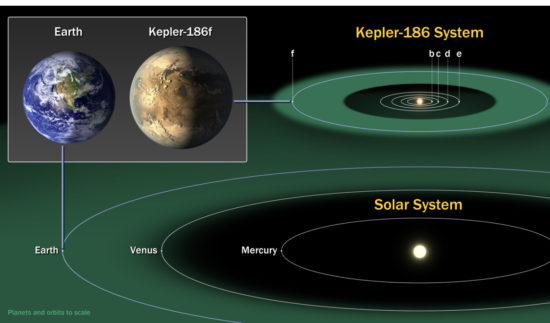- Series:Astronomy, Transcript English
Isaiah 45:18
“For thus saith the LORD that created the heavens; God himself that formed the earth and made it; he hath established it, he created it not in vain, he formed it to be inhabited: I am the LORD; and there is none else.”
 I understand the excitement that evolutionists feel when they consider the subject of exoplanets.
I understand the excitement that evolutionists feel when they consider the subject of exoplanets.
Exoplanets are planets orbiting stars other than our sun. It should be emphasized that we do not have direct observations of such planets. They are detected by noticing changes in brightness and movement of stars and assuming that these changes are caused by planets orbiting in front of the star. Sophisticated computer simulations based on such data can reveal a lot of further information.
Let us grant, for the moment, that such estimates and inferences of data are correct. Let us suppose that an exoplanet is found which is the same size and mass as the Earth. Let us further suppose that there is liquid water on the planet. We will also concede that the planet could have an axial tilt and period of rotation similar to that of Earth, allowing for Earth-style days and for regular seasons. Such a prospect excites evolutionists because, they would say, if life evolved on Earth in those conditions, it could just as easily evolve elsewhere.
This is a leap too far. Life did not evolve on Earth. Inorganic molecules cannot spontaneously get together and produce a living cell. DNA does not assemble itself and cause its own information at random. It is precisely because this did not happen here that it could not have happened on an exoplanet, no matter how Earth-like it is meant to be. Life is granted by God alone. Author: Paul F. Taylor
Prayer: Thank You, Lord God, that You have made everything well, exactly as You said You did it. Thank You that You made the Earth to be inhabited, and, by inference, therefore, to be habitable. Amen.
Ref: Georgia Institute of Technology. “More clues that Earth-like exoplanets are indeed Earth-like: Research into spin dynamics suggests they have regular seasons and stable climates.” Science Daily, 28 June 2018. <www.sciencedaily.com/releases/2018/06/180628151708.htm>.
Image: NASA, Public Domain.
